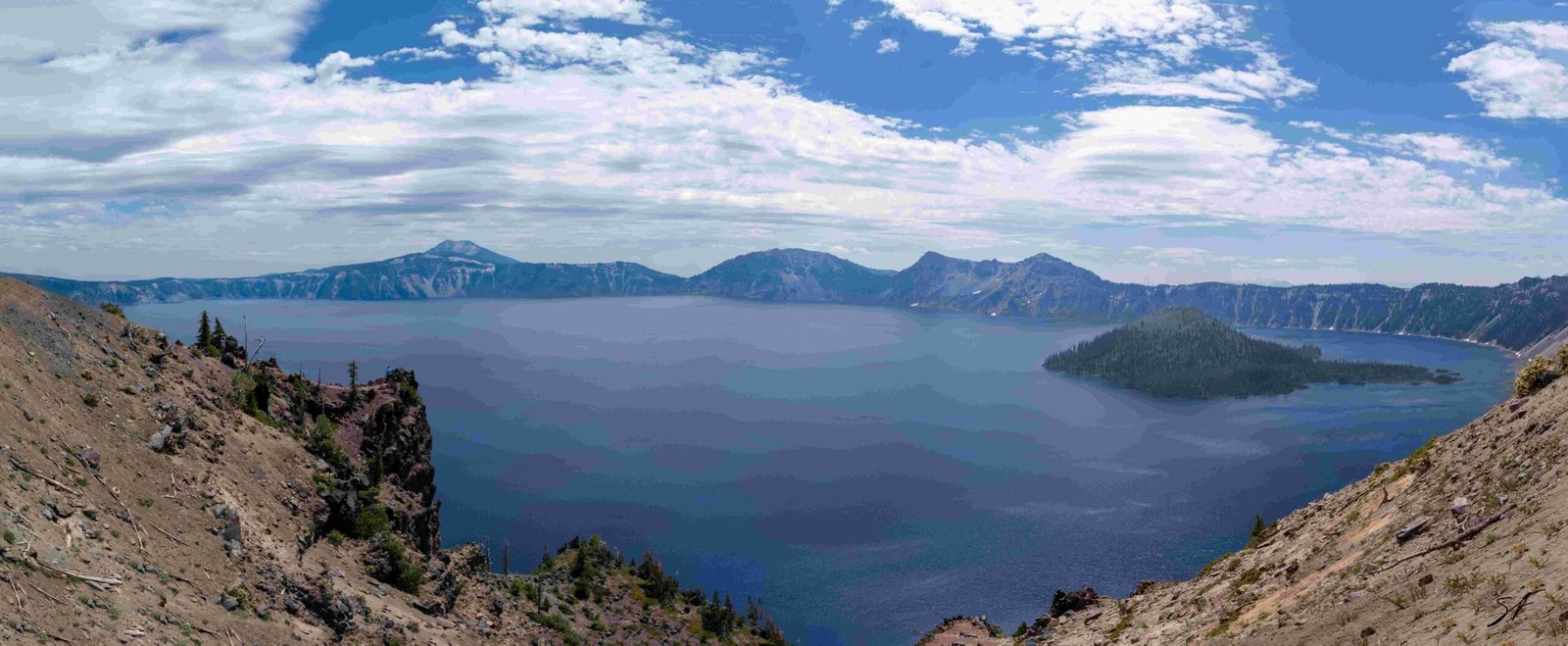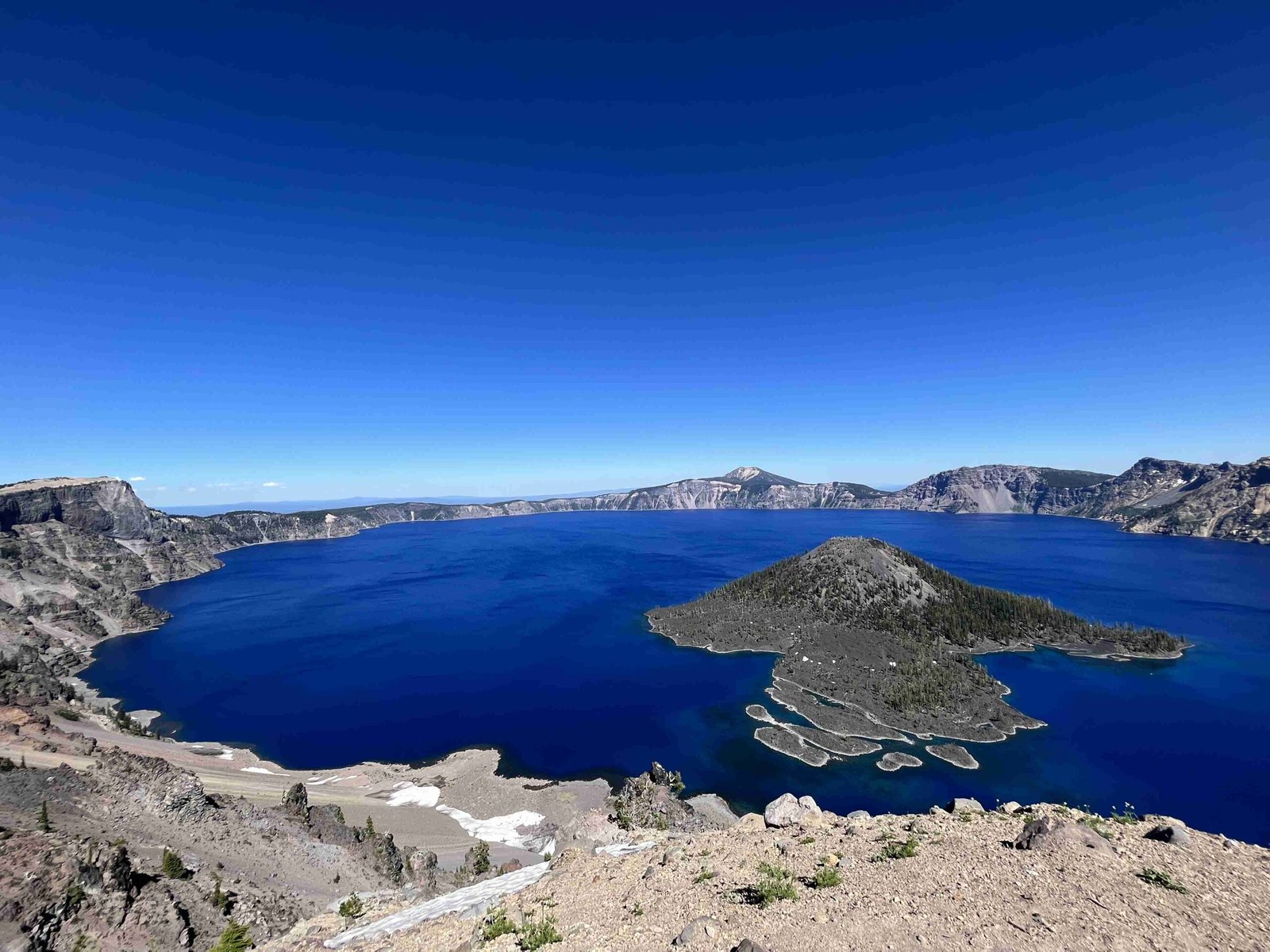Crater Lake in Oregon is steeped in Native American legends and beliefs, particularly those of the Klamath Tribe. The concept of ‘bad medicine’ in this context refers to malevolent spiritual powers associated with the lake’s formation. These beliefs stem from ancient stories of supernatural battles, catastrophic eruptions, and the wrath of powerful spirits. The legends surrounding Crater Lake not only explain its creation but also serve as cautionary tales about respecting nature and spiritual forces.
What is the Origin of Crater Lake’s ‘Bad Medicine’ Legends?

The ‘bad medicine’ legends of Crater Lake originate from the oral traditions of the Klamath and other local Native American tribes. These stories have been passed down through generations, serving multiple purposes:
- Explaining natural phenomena
- Teaching moral lessons
- Preserving cultural identity
- Maintaining spiritual practices
The most prominent legend involves the spirit Llao, the Chief of the Below World, whose actions are often associated with ‘bad medicine’.
How Does the Legend of Llao Exemplify ‘Bad Medicine’?

The legend of Llao is a prime example of ‘bad medicine’ in Crater Lake’s mythology:
- Llao’s Wrath: After being rejected by a Klamath woman named Loha, Llao’s anger triggered a catastrophic eruption of Mt. Mazama.
- Destructive Power: This eruption nearly destroyed the Klamath people, showcasing the devastating effects of ‘bad medicine’.
- Divine Intervention: The destruction was halted by either Gmo’Kam’c (the Creator) or Skell (the spirit of the sky), representing the balance between good and evil forces.
- Creation of Crater Lake: The battle between these spirits resulted in the collapse of Mt. Mazama and the formation of Crater Lake, known as Giiwas to the Klamath people.
What Are the Key Beliefs and Practices Related to ‘Bad Medicine’ at Crater Lake?
The concept of ‘bad medicine’ at Crater Lake encompasses several beliefs and practices:
| Belief/Practice | Description |
|---|---|
| Spiritual World | Klamath people believed in a complex spiritual realm where spirits could influence the physical world. |
| Rituals | Ceremonies were performed to appease spirits and maintain balance. |
| Medicine Men | Spiritual leaders would conduct sacred songs to counteract negative forces, such as putting out fires caused by Llao’s wrath. |
| Respect for Nature | The legends emphasize the importance of respecting the natural world and its spiritual inhabitants. |
How Can Visitors Experience the Cultural Aspects of Crater Lake?
Visitors interested in exploring the cultural and spiritual significance of Crater Lake have several options:
- Guided Tours:
-
Southern Oregon Tours offers full and half-day excursions that include storytelling about Crater Lake’s creation and legends.
-
Educational Programs:
- Crater Lake National Park provides ranger-led activities that highlight Native American heritage and natural history.
-
Programs include talks, walks, and campfire presentations about the myths and legends of the area.
-
Cultural Events:
-
The park occasionally hosts events celebrating Native American heritage, featuring:
- Traditional dances
- Storytelling sessions
- Craft demonstrations
-
Accessibility and Facilities:
- Wheelchair-accessible trails and viewpoints
- Designated parking areas near key attractions
- Visitor center with informational displays
What Should Visitors Know About Park Fees and Schedules?
Before planning a visit to experience Crater Lake’s cultural heritage:
- Entrance Fee: Required for Crater Lake National Park
- Additional Costs: May apply for guided tours and special programs
- Seasonal Variations: Program schedules change throughout the year
- Current Information: Check the park’s official website or contact the visitor center for up-to-date details
By exploring these aspects of Crater Lake’s ‘bad medicine’ legends and cultural significance, visitors can gain a deeper appreciation for the rich Native American heritage associated with this natural wonder.
